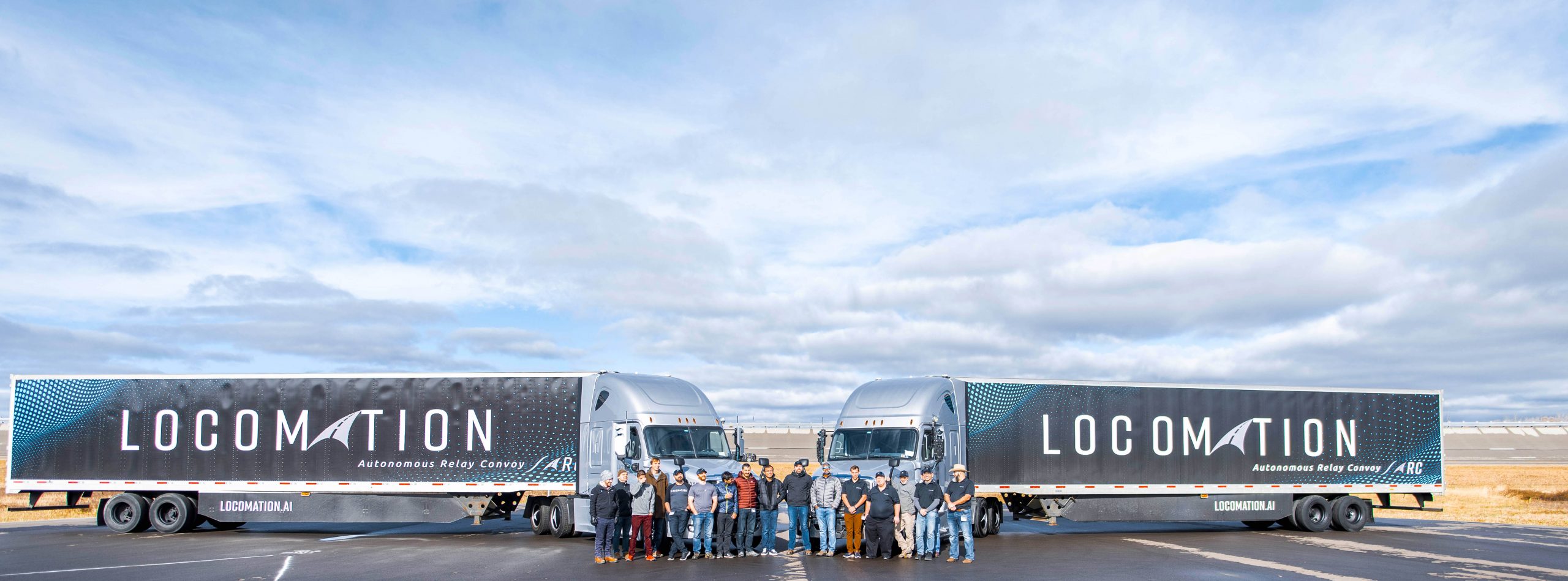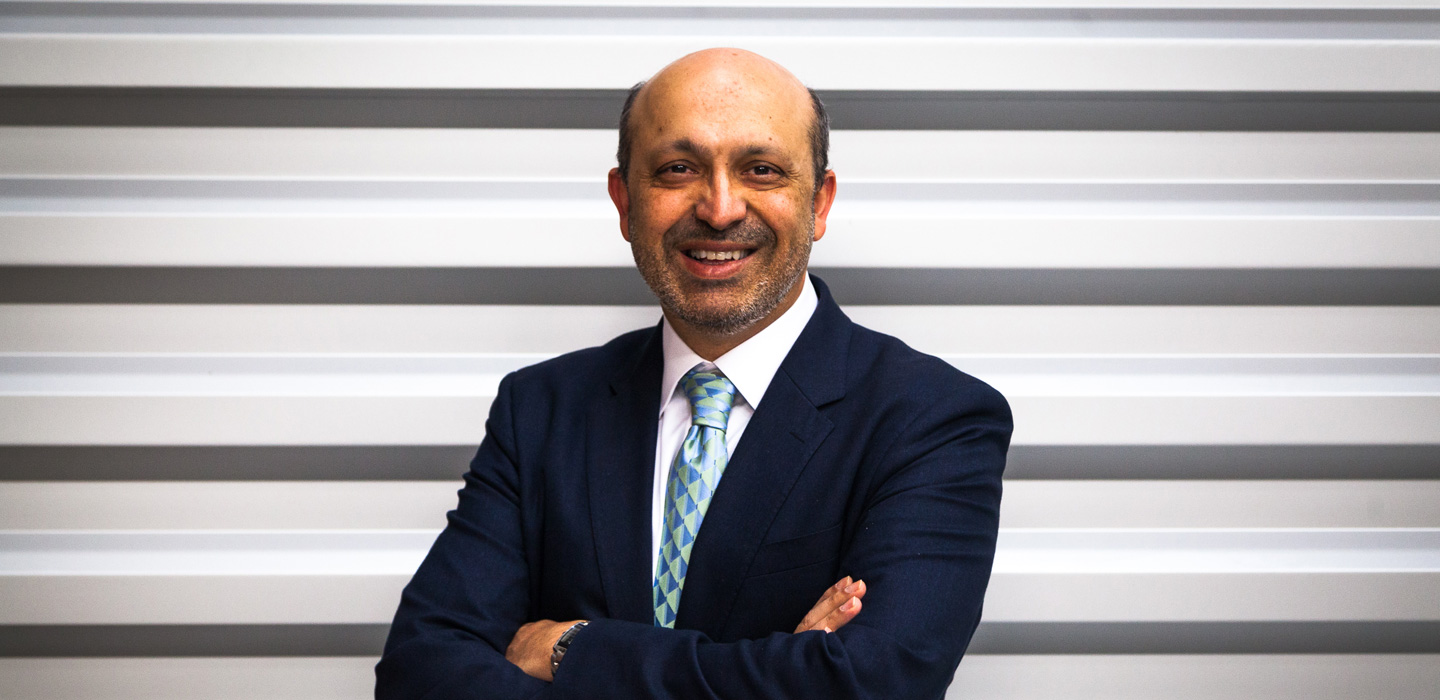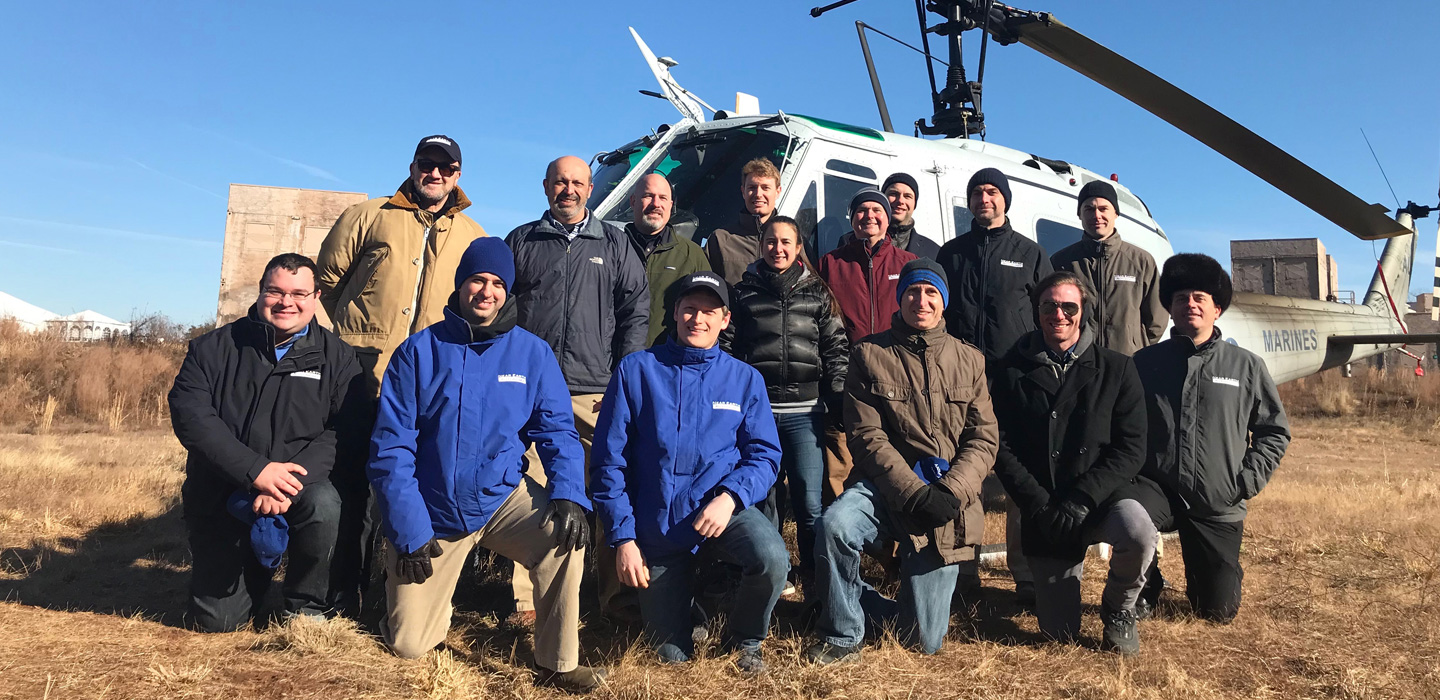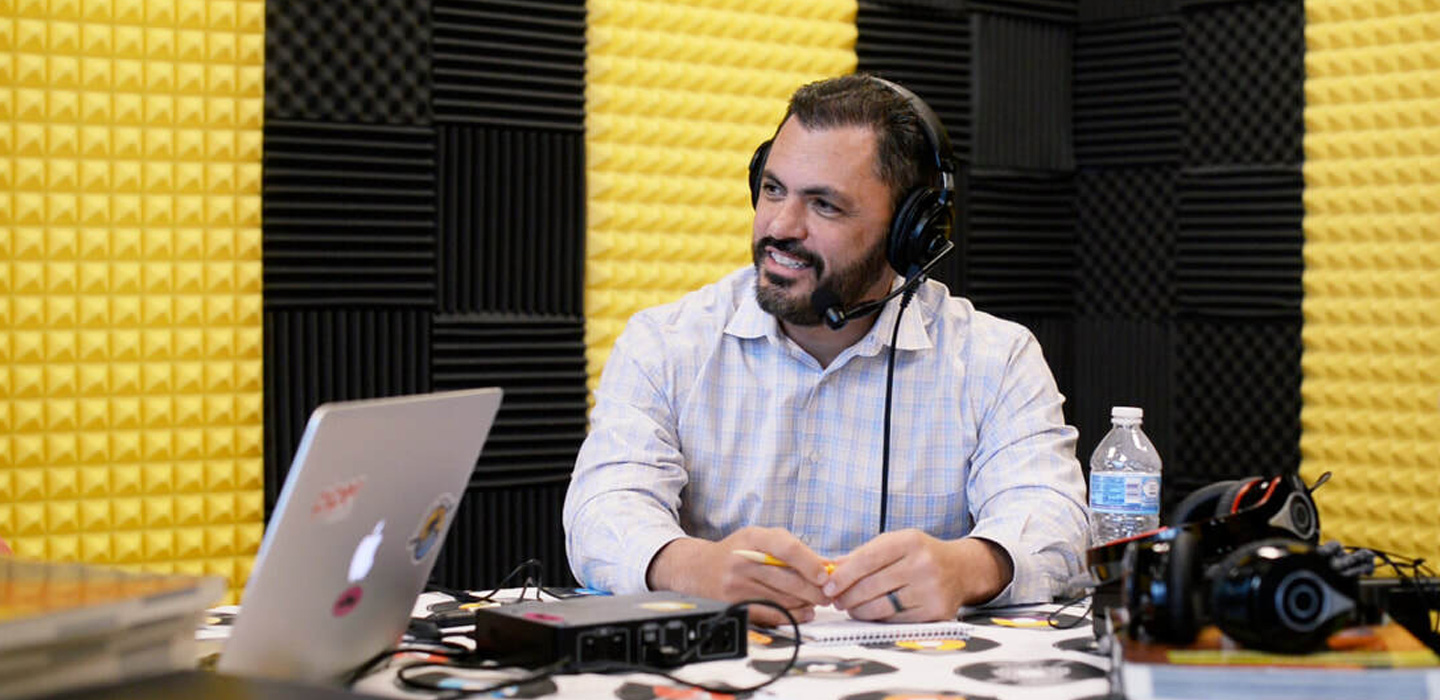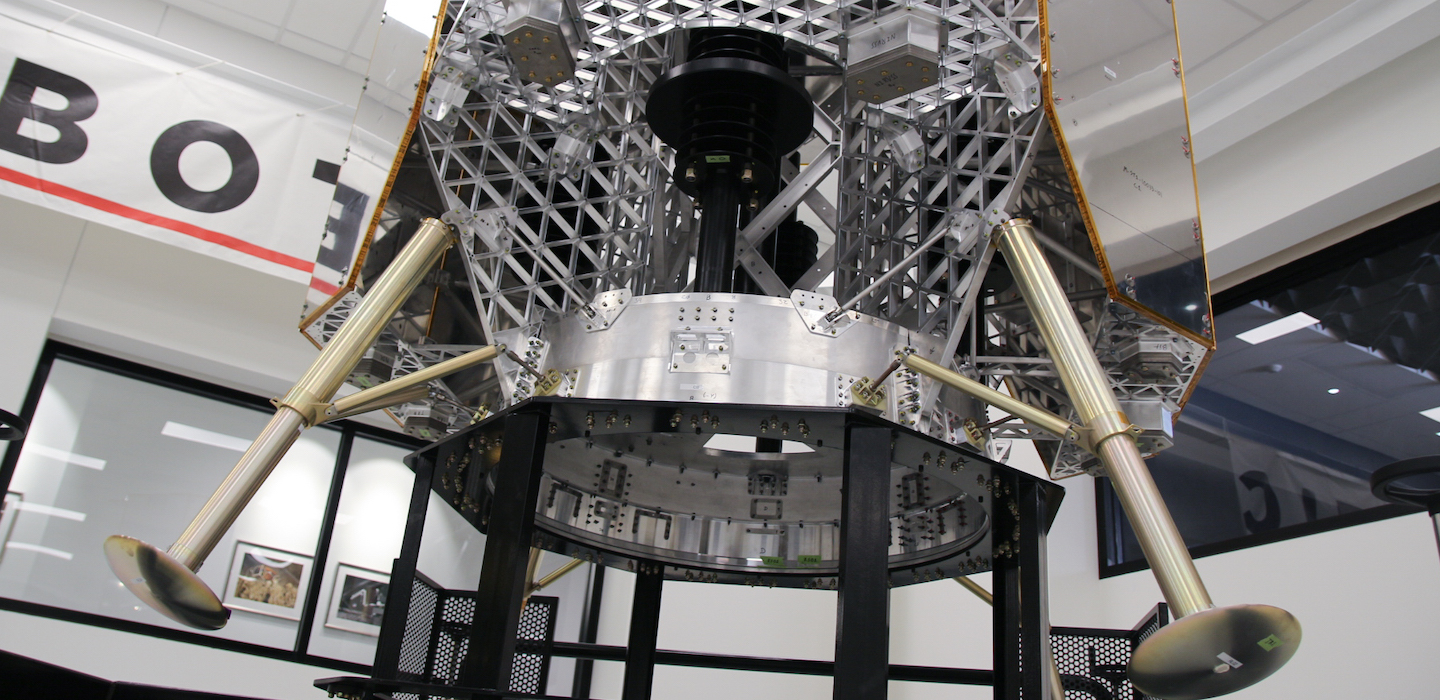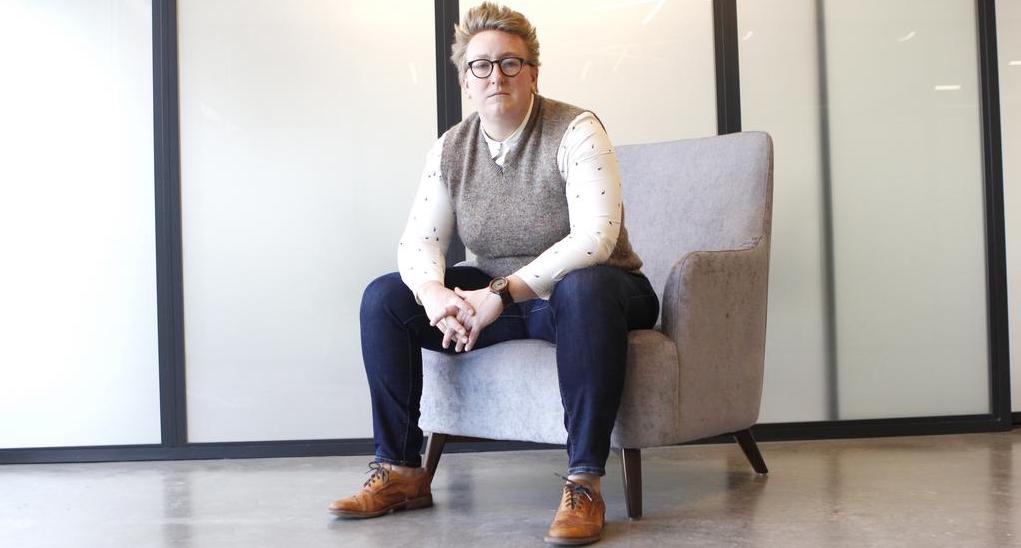It’s refreshing to talk to someone with the sheer exuberance and kindred spirit of Ingrid Cook, founder and CEO of SHzoom, a tech startup with a state-of-the-art photo app that allows users to “Snap A Pic” and “Get A Quote” from nearby auto repair shops. No more wasting time driving from shop to shop or waiting hours or days for a single estimate. Her patented technology saves drivers and insurers a lot of headaches and time with electronic repair estimating.
Ingrid spent many decades in the insurance industry, but it was a cocktail napkin moment that inspired her to bring the idea to fruition. “After graduating from college, I went straight to Progressive Insurance, where I worked for nearly two decades. I often traveled up and down the East Coast for work and got used to dining alone. I would often eat at the bar because that is where I tend to meet the most interesting people. One day, I met one of the co-founders of FedEx, who said, ‘Ingrid, one piece of advice if you start a business, do it in the arena where you are the expert in the field.’ This is when I started to ask myself, what problem can I solve in the insurance industry?”
Ingrid founded SHzoom in 2014 and today it’s recognized among the Top 50 women-led organizations in the USA, Europe the Middle East and Africa. That’s a long way to go for a young lady who grew up in the small steel mill town of Monessen, PA and who sees herself as “the billboard for tenacity.” She left Monessen to attend college at the age of seventeen. She was convinced she would never return. Fast forward 20 years, and she would come back to Western Pennsylvania because of her ailing mother who was given 6 months to live. When her mother’s health improved, her father got ill and then, here, she met the love of her life. What was supposed to be a temporary stay took a different turn to the billboard of her dream.
While taking care of her ailing parents, she joined the Pittsburgh Technology Council, which contributed to her start-up success when enormous support from the Council, its Chairman Jason Wolfe and CMU’s Craig Markovitz poured in. On top of that, both Carnegie Mellon University and the University of Pittsburgh paid their students to intern at SHzoom. “Nothing compares to Pittsburgh. There’s great support and an overflow of talent here.”
But she concedes that it’s not all rosy and there’s work to be done. “In order for the talent to stay, we need to change. Pittsburgh is certainly not a DC, New York, or Atlanta, it’s hard to attract minorities to Pittsburgh. There are not enough opportunities for minorities here.” She further points out the lack of equity is a big issue. She is a proponent of implementing accountability measures to begin moving the needle in the right direction. “The average income for black people in Pittsburgh is barely above the poverty level. This economic disparity blows me away, and since I’m here, I ask ‘what can be done and what can I do?’ I sat on the PTC’s listening sessions which were led by Audrey Russo and Jason Wolfe, among other CEOs, and I was a big proponent of reaching out while kids are young because exposure to the table is so important. The PTC exposed me to things that I needed to see as a technology business owner. Now I’m giving back and mentoring girls on what we do, day-to-day.”
SHzoom is one of Pittsburgh companies working with The LAUNCH program, started by Fortyx80, the nonprofit arm of the Pittsburgh Technology Council, that transforms high school girls into a voice of leadership in the STEM disciplines through mentorship. “In Pittsburgh, we talk a good game and the initiatives are there but where is the accountability and how can we truly move the needle? If we could implement those ideas and put measures in place to hold people accountable, I think we will slowly go in a better direction.”
As for her own commitment, Ingrid is giving back through her involvement with numerous community outreach programs and non-profit organizations. She claims Pittsburgh needs to increase minority-owned businesses, while also increasing the level, size, revenue, doing business with other businesses, and more contracts to do business with women and people of color.
So, what is next for SHzoom? “Our latest product, Uptime, was developed using collaborative feedback from our innovative partners in the public sector to create a one-of-a-kind user experience. Police Departments utilizing Uptime to create crash reports say it now takes them an average of 10 minutes to create and deliver crash reports as opposed to 14-30 days. During this crucial time with COVID-19, we are very focused on touchless accidents from the time of report until the vehicle is repaired or replaced and back in the hands of the driver.”
We asked Ingrid about her interests outside of work, and were surprised to learn she is an accomplished alto saxophonist. She tells us in her perfect FM announcer tone she was a former DJ for “Reflections of Jazz with Ingrid on WUMR on U92 FM.” Her favorite jazz joint? “I used to frequent a jazz club called James Street Café to hear live music and the Pittsburgh Jazz Festival is amazing.” Perhaps when COVID-19 is over, we can convince her to dust off her saxophone and tell us all about her progress with SHzoom backstage after a nice jam.

